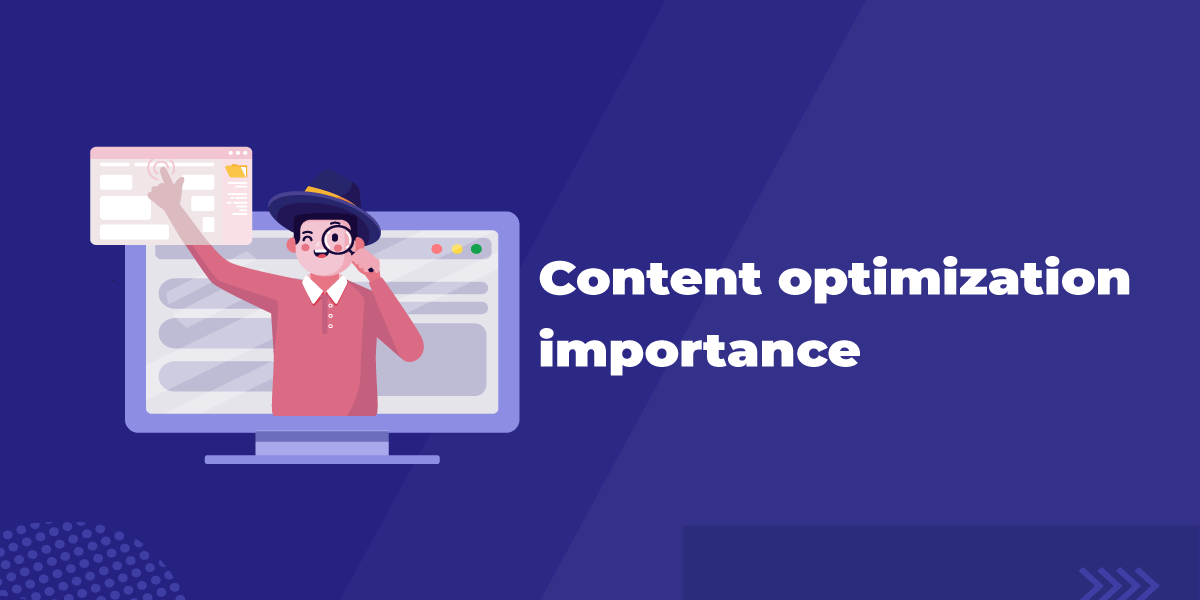For example, if you run a recipe blog, schema markup can show additional useful information, encouraging users to click your result instead of another website. Broken links can create a poor user experience, along with crawling issues. When you’re updating older content or writing a new post, ensure it aligns with what’s currently ranking and satisfies the user’s goals. An easy way to determine user intent is to see what’s currently ranking for your chosen keyword. Just by skimming the highest-ranking content, you’ll be able to determine what Google believes the intent of the keyword is. Website optimization is the process of improving the traffic, performance, and usability of a website.
Don't want a page in Google's search results?
And that’s because each of those actions improves a ranking factor. Generally, search engines display their organic search consequences according to the materiality and authority of a web page. Relevancy gets defined by how often you use precise keywords within the content, and authority gets specified by the number of quality backlinks that imply to that page. SEO agencies focus on acquiring high-quality backlinks from authoritative websites, which signal to search engines that your site is trustworthy and relevant.

Dealing with Duplicate Content for SEO Optimization
While they may offer short-term gains, they can lead to long-term penalties, including lower rankings or even removal from search index listings. Among these tactics, keyword stuffing is one of the most prevalent issues. Here’s a beginner-friendly overview of what these practices are, why they’re problematic, and how to ensure your SEO strategy remains ethical and effective. Duplicate content refers to blocks of content that are either completely identical or very similar to each other, across your own site or across different websites. Search engines like Google strive to provide users with diverse and unique content in their search results.
Learn More About Content Optimization
Performance optimization involves making sure your website works well on mobile devices, loads quickly performs efficiently, and is ready for search engine optimization (SEO). https://able2know.org/user/cheeseroast7/ Tools, such as Semrush, explore competitor keyword rankings and examine how much organic traffic follows specific keywords. Knowing these metrics will guide you in approaching SEO in a manner that keeps you on equal footing with competitors.
- That’s totally fine, especially in terms of giving your audience what they need without worrying about SEO all the time.
- In addition, Google (and other search engines) use features of artificial intelligence to enhance the web algorithm.
- If someone signs up for your email list, you can contact them at a later date with offers, incentives, and more.
- While using ads to become more visible online can work, it isn’t the most sustainable approach.
- Content optimization is the practice of updating and adjusting on-page copy and coding to make content more appealing to search engines and, by extension, human searchers.
- According to the HTTP Archive, the median weight of images on a web page on desktop is over 1,000 KB (!).
Your page will be better positioned to win traffic from both your webpage URL and the image URL. But it’s also critical to optimize your content for search engines. On-page optimization is a great way to improve rankings and traffic for your website. Increase your site's visibility and rankings with search engine optimization, content marketing, and link building. Social media, on the other hand, is focused on engagement, where everyone comes to chat, share and connect. If you are simply looking for some backlinks, then go for guest posting and link insertions, as they are the least demanding ones. If it’s websites you want to find, then replace influencers with websites, directories, guest posting, etc. Besides, you can do the same for podcasts, YouTube channels, and media. It’s no secret that if you want to get to the first page on Google in any location, you need quality backlinks. So, analyze your competitors and try to find some link-building opportunities for yourself. If you have the website development know-how, it’s possible to combine sets of JavaScript or CSS files and reduce the number of steps required to completely load your site. Caching allows browsers to pre-load some of your content to speed up webpage delivery. Ask your web hosting service what type of compression they’re using. If they’re not using any, consider a new provider or check out this guide for enabling Gzip compression. Multiple H1 tags can confuse search engines by implying that the content is about several main topics. Search engines display their organic search results according to the relevance and authority of a web page. https://www.iconfinder.com/user/carrotpotato0 So, taken as a whole, SEO content is any content that is created to increase search engine rankings and boost traffic to your website. Before you can start to optimize a digital sales process, you need to understand your target market. You can do this by looking at the data and finding bottlenecks and underperforming pages. From there, you can ideate and create potential solutions, and finally, put them to the test against the original page. This process is called Conversion Rate Optimization (CRO) or landing page optimization. If you rely on social media or digital advertising to drive traffic, SEO shouldn’t be your main priority.
